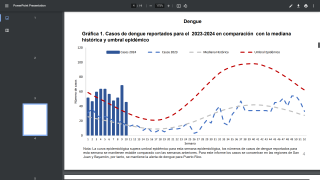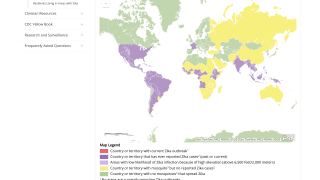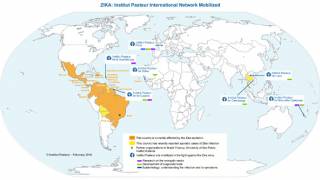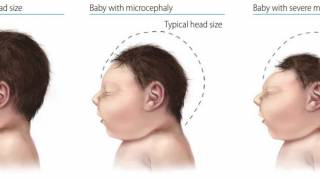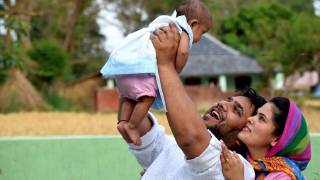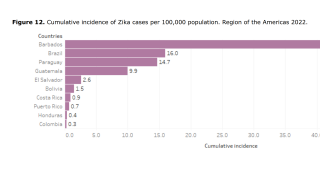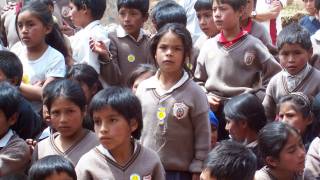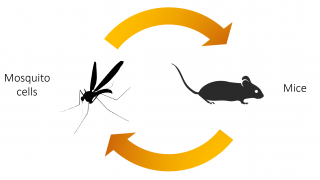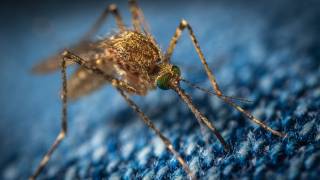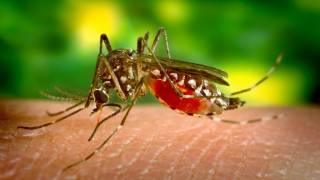Where Are Californians Acquiring the Zika Virus?

The State of California Health and Human Services Agency reported 17 Zika virus disease cases during 2019.
According to this May 1, 2019 report, all 17 of these Zika cases are ‘travel-associated.’
The State of California defines this term to mean ‘persons exposed through travel to an affected area or contact with a traveler.’
Since federal privacy laws prohibit the State of California from disclosing where or how these Californians were exposed to the Zika virus, the Centers for Disease Control and Prevention (CDC) publishes an extensive list of countries that have been associated with the Zika virus.
This list was last updated on April 5, 2019.
But, the CDC no longer issues Zika-specific Travel Alerts which previously informed Americans of their potential risks while traveling aboard.
Recently, the Pan American Health Organization (PAHO) published a ‘Zika Disease Update’ on April 6, 2019.
This PAHO update offers insights into which countries in the Americas reported Zika disease cases during 2018.
- Brazil reported 19,020 cases
- Guatemala reported 2,300 cases
- Cuba reported 873 cases
- Mexico reported 860 cases
- El Salvador reported 481 cases
- Puerto Rico reported 146 cases
Unlike the CDC, the Canadian and the United Kingdom government travel services continue to publish country-specific Zika warnings, such as for Mexico.
These Zika warnings are important since a Zika infection during pregnancy can cause infants to be born with microcephaly and other congenital malformations.
The Aedes aegypti mosquito is the main vector but other mosquitoes can also transmit the virus. Most infections are either asymptomatic or cause mild illness.
However, according to PAHO, Zika is also transmitted from mother to fetus during pregnancy.
A recent systematic literature review on travel-associated Zika infections also revealed that 5‒7 percent of pregnant travelers with Zika infection experienced adverse fetal outcomes.
The risk of congenital Zika syndrome is higher during the first and the second trimester of the pregnancy (8% and 5%, respectively) than the third trimester (4%).
Consequently, options for the prevention of Zika infection are primarily focused on pregnant women, their partners and couples planning pregnancy who are traveling to areas with ongoing Zika transmission.
Pregnant women planning to travel to countries where Aedes-borne arbovirus transmission is ongoing or has been reported should always seek pre-travel health advice to assess the risk of infection based on the local situation.
During the pre-travel health assessment, pregnant women should be informed about the risk of adverse pregnancy outcomes associated with Zika infection during pregnancy.
Clinicians who suspect Zika virus disease in patients who reside in or have recently returned from areas with ongoing Zika virus transmission should report these cases to public health officials says the CDC.
Our Trust Standards: Medical Advisory Committee



